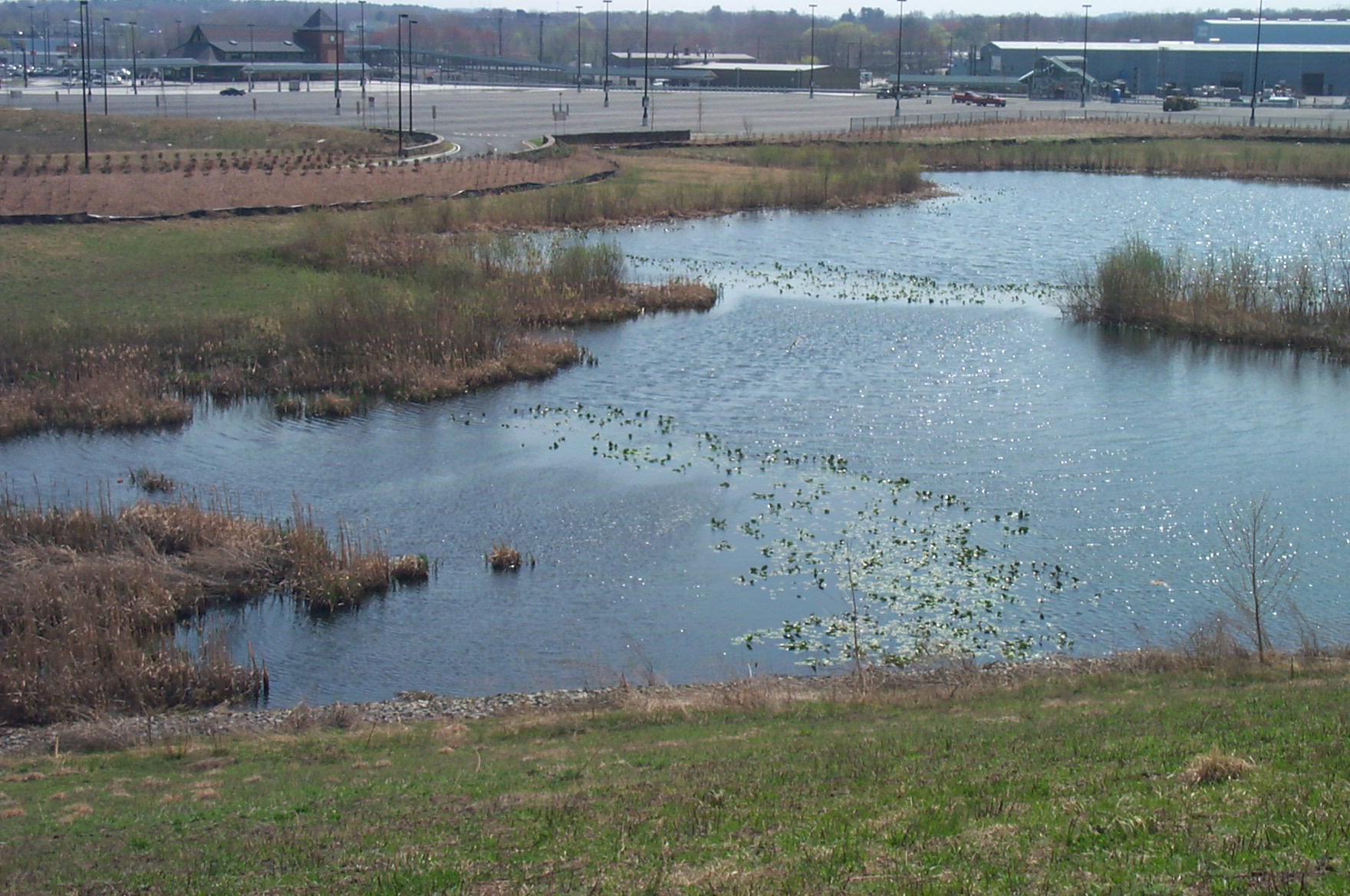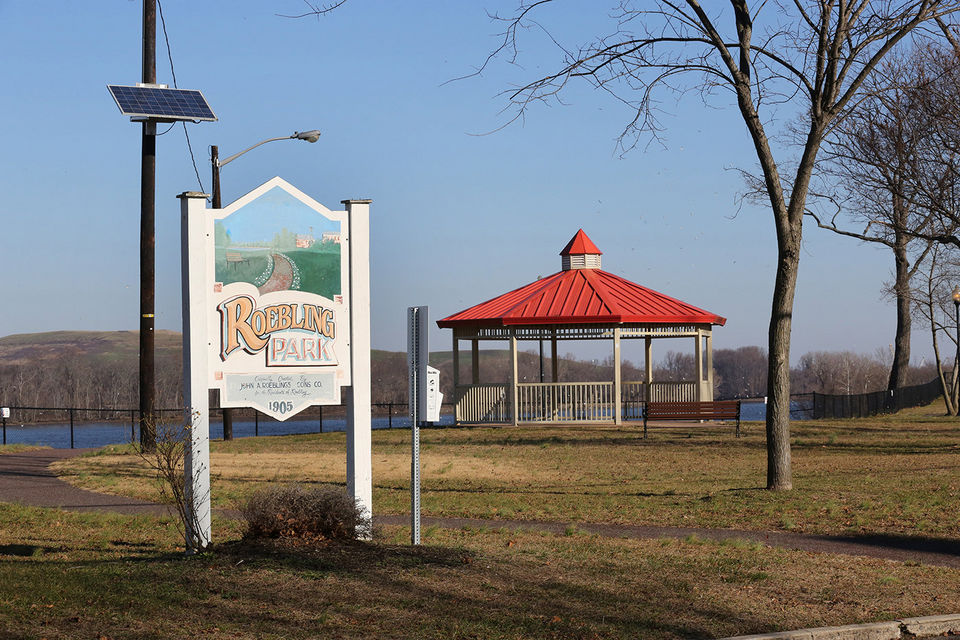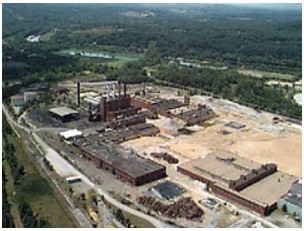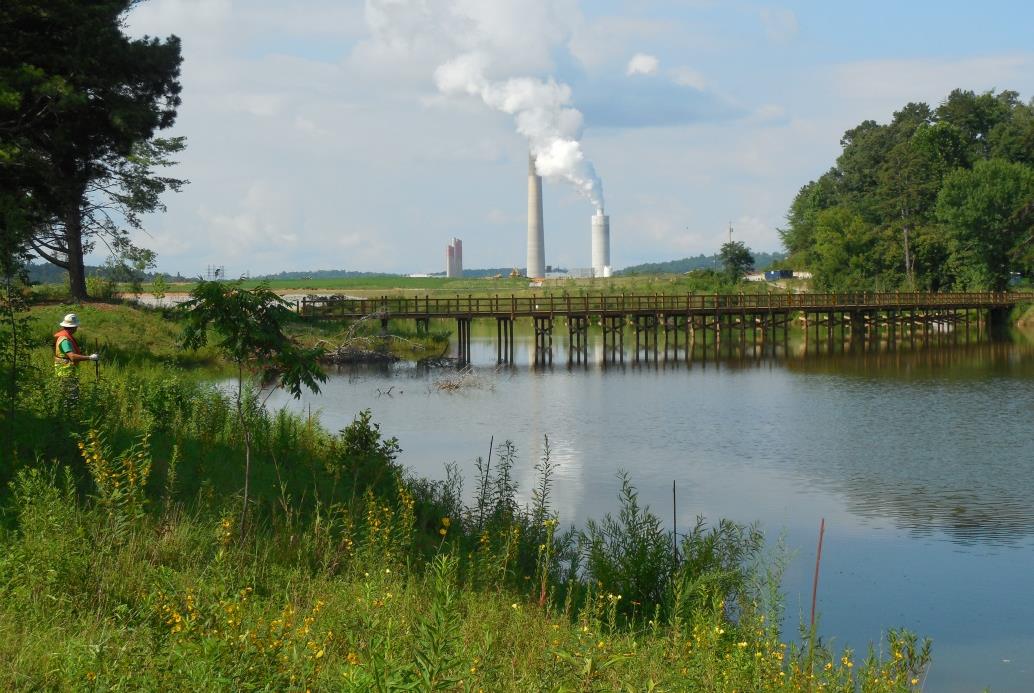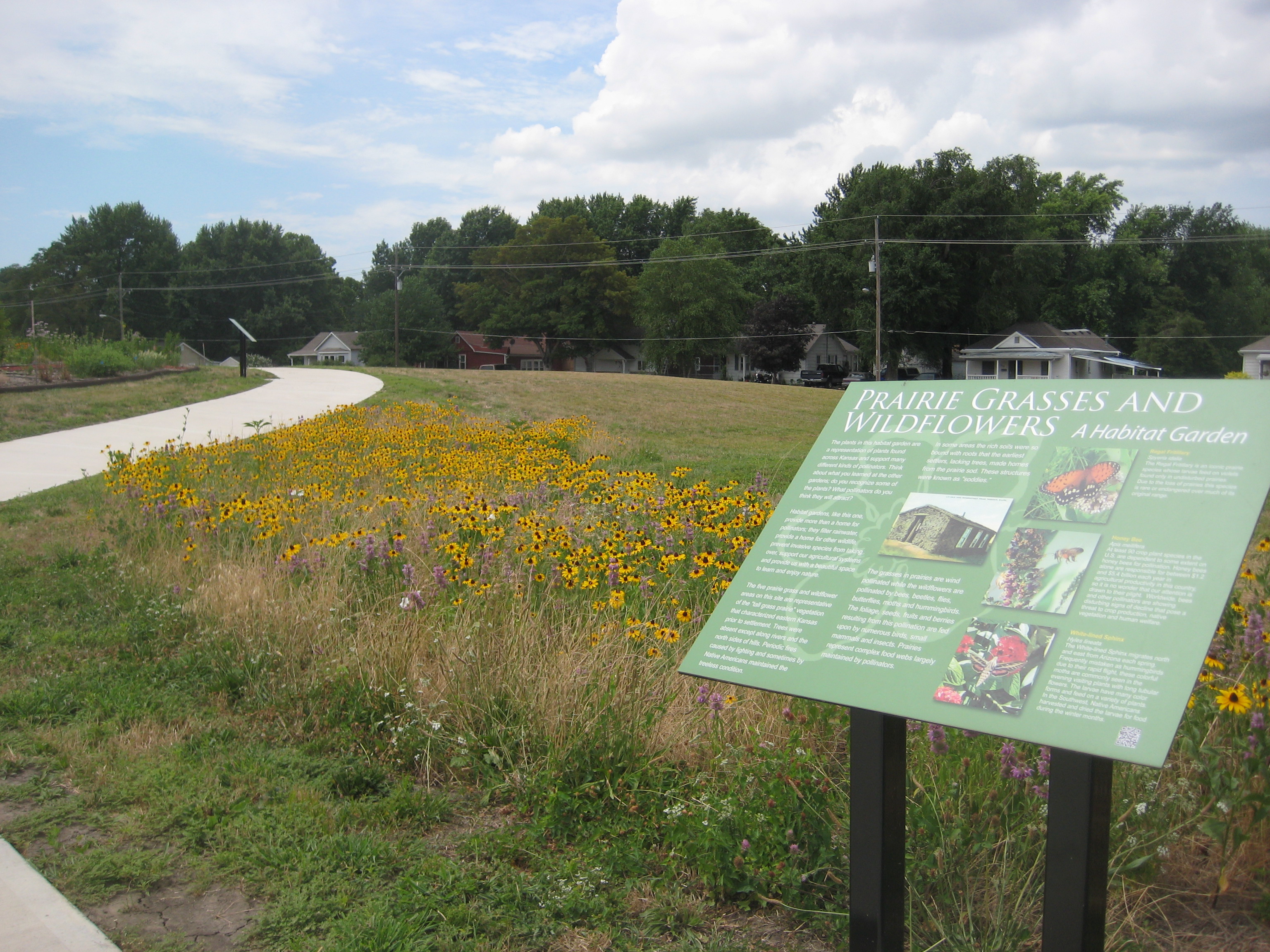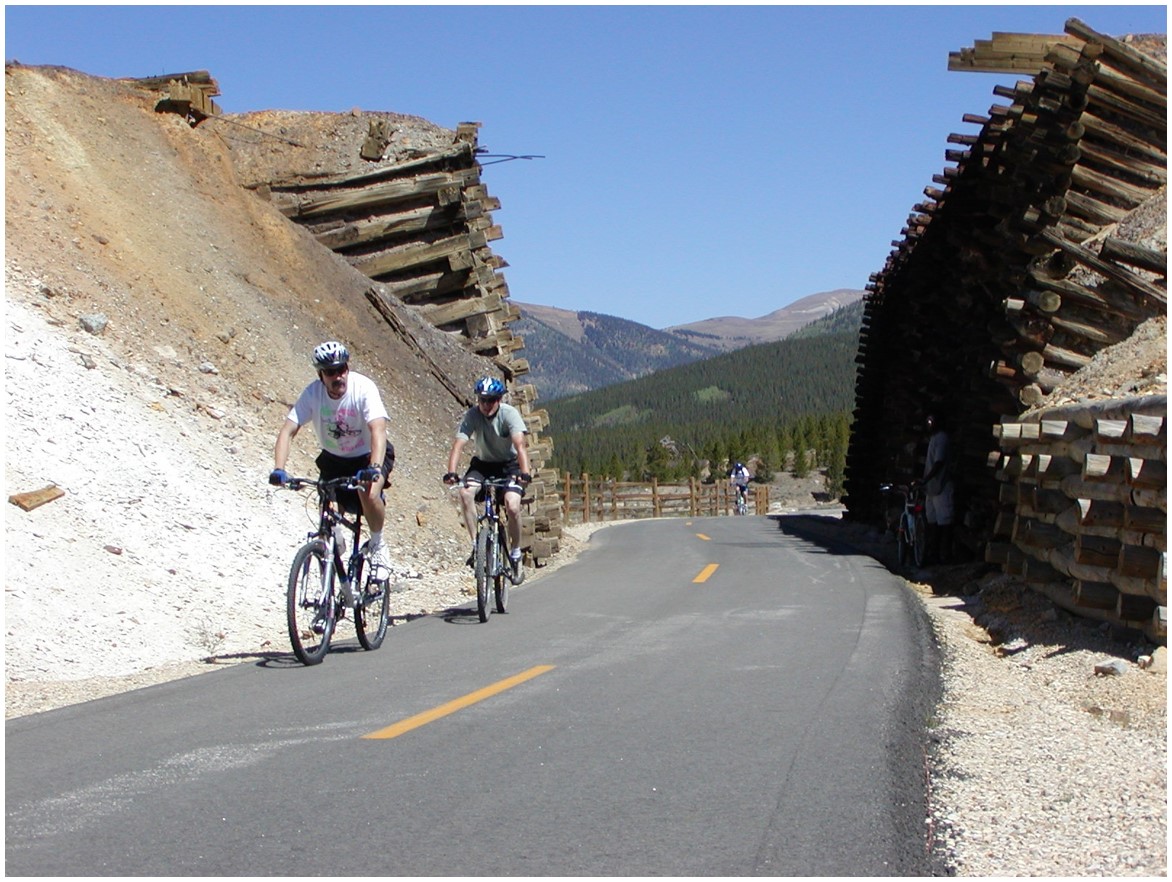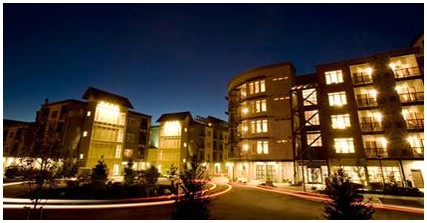Superfund Success Stories
It′s easy to forget that there was a time in the United States when EPA lacked the legal authority to clean up hazardous waste sites like Love Canal, New York, or to respond to emergencies such as train derailments involving dangerous chemicals. Even though the EPA had been established for ten years, it was not until December 11, 1980, that President Jimmy Carter signed into law the Comprehensive Environmental Response, Compensation, and Liability Act (CERCLA or Superfund). This historic new statute gave EPA the authority to clean up uncontrolled hazardous waste sites and spills. These are just a few examples of the many cleanup success stories throughout the history of the Superfund Program.
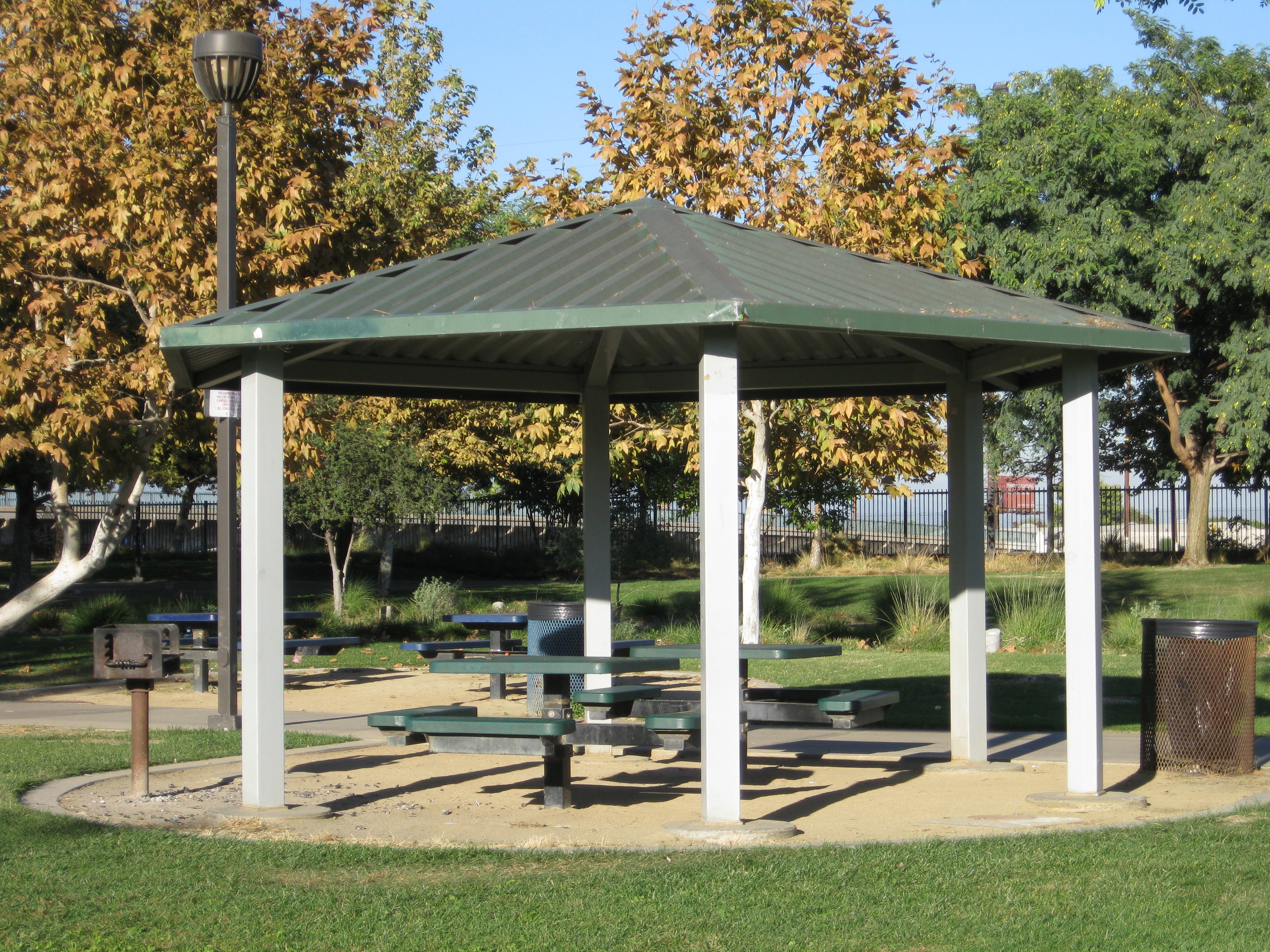
No featured sites at this time.
Learn About Superfund
Superfund is the name given to the environmental program established to address abandoned hazardous waste sites. It is also the name of the fund established by the Comprehensive Environmental Response, Compensation, and Liability Act of 1980, as amended (CERCLA statute, CERCLA overview). This law was enacted in the wake of the discovery of toxic waste dumps such as Love Canal and Times Beach in the 1970s. It allows the EPA to clean up such sites and to compel responsible parties to perform cleanups or reimburse the government for EPA-lead cleanups.
Webinar: EPA co-sponsored a public seminar with the Environmental Law Institute (ELI), CERCLA @35: Looking Back, Looking Forward, on December 10, 2015. Panelists discussed the origins of Superfund, highlighted some of the successes and shortcomings of the program in its early years, and addressed the legacy of Superfund in a larger context, examining where contaminated site regulation and cleanup may go from here, and extrapolating lessons other jurisdictions can learn from the Superfund experience of the United States.

